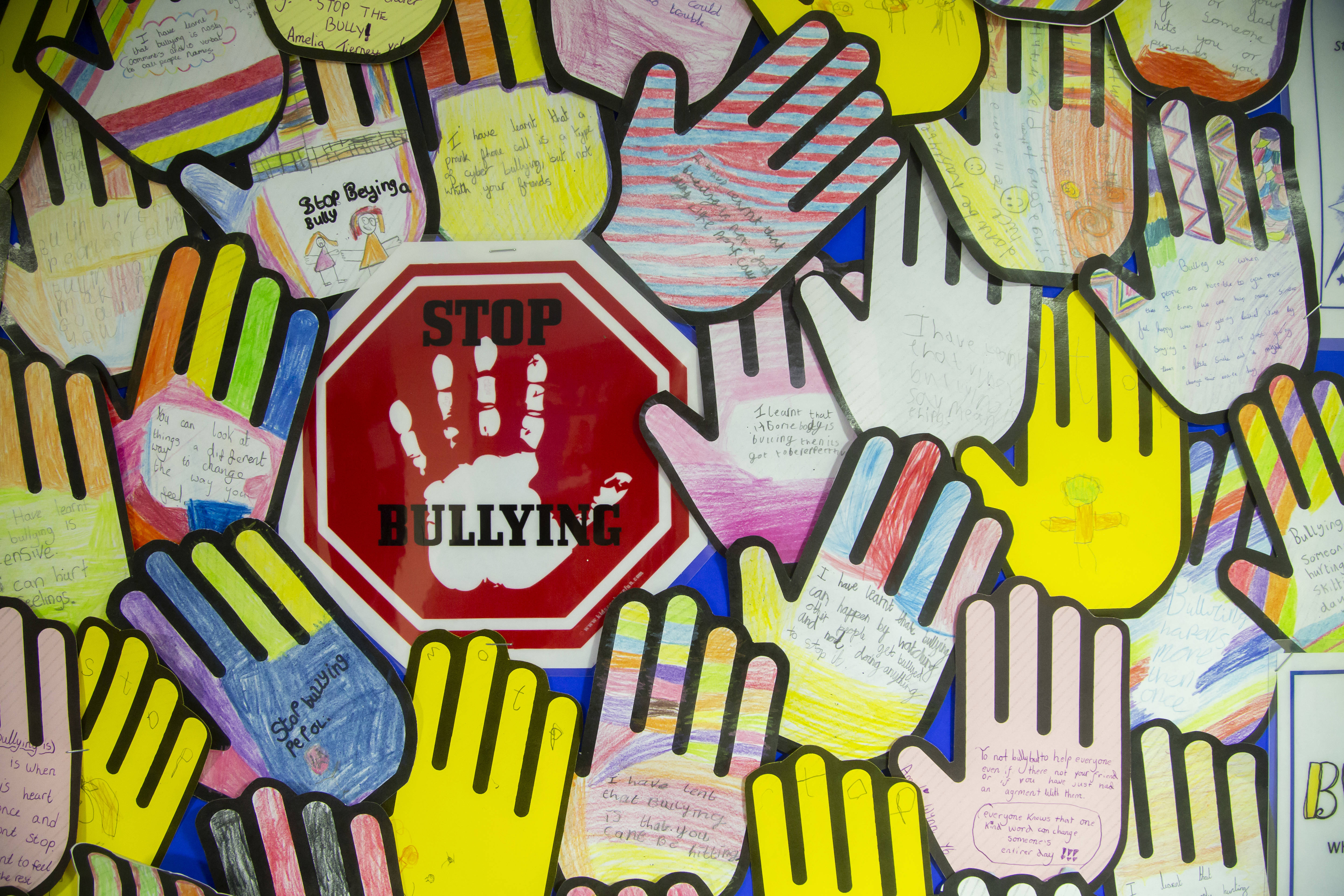- cyberbullying: sending threatening, upsetting or abusive messages through social media, texts, or messaging apps, excluding another child or young person from online groups, creating or sharing embarrassing or malicious photos or videos, encouraging someone to self-harm
- being a bystander: encouraging, joining in, watching or colluding with the child or young person who bullies.
It isn’t always easy to identify if a child or young person is being bullied because there are so many different ways that they can be affected both within and outside of the school setting. Bullying can also be quite subtle, where words only known by the pupils are used; and some pupils may also be reluctant to tell anyone.
Being a bystander can also be distressing. A child or young person may feel helpless and guilty about not being able to stop the bullying.
There are a few signs that might indicate that a child or young person is being bullied, but schools, parents and carers should also check in regularly with pupils and look out for any changes in behaviour, including:
- avoiding school
- feeling anxious or distressed
- losing confidence and becoming withdrawn or secretive
- struggling to eat or sleep
- having unexplained injuries
- belongings getting “lost” or damaged
- changes in appearance
- not performing as well at school
- changes in behaviour at school or home.
It’s important to emphasise to parents the difference between bullying and children and young people falling out - and that bullying behaviour is repetitive and persistent.



 Author
Author

 Author
Author

 Author
Author

 Author
Author